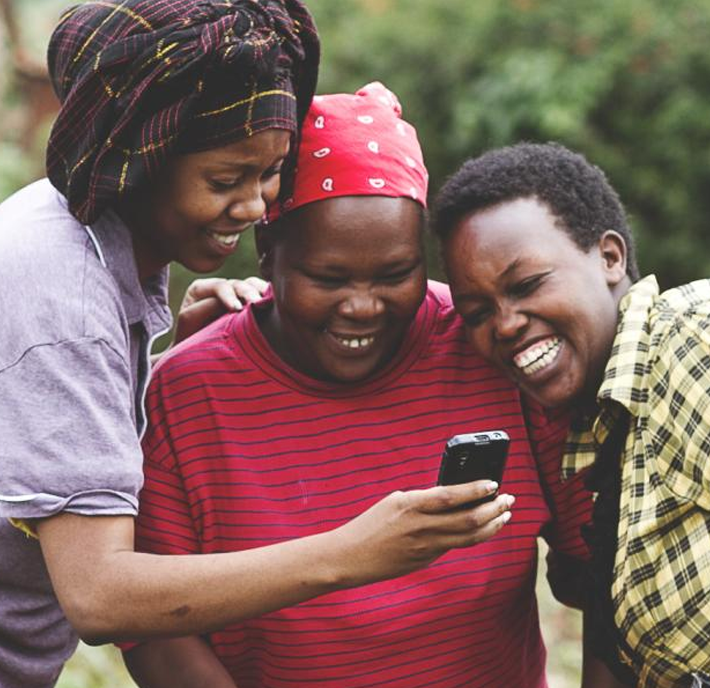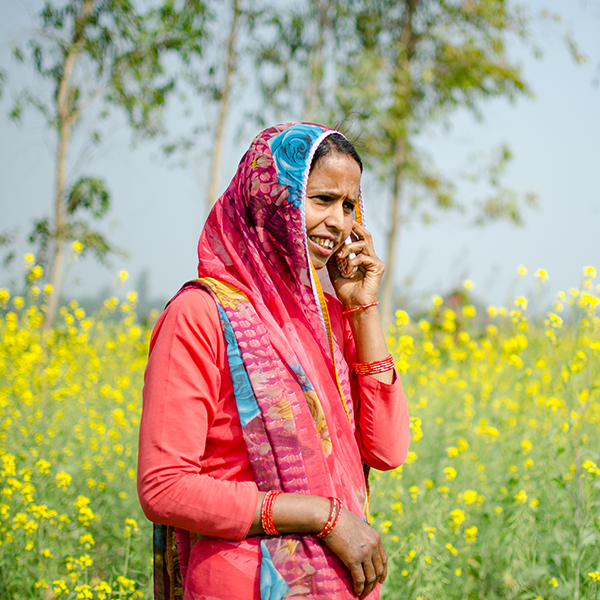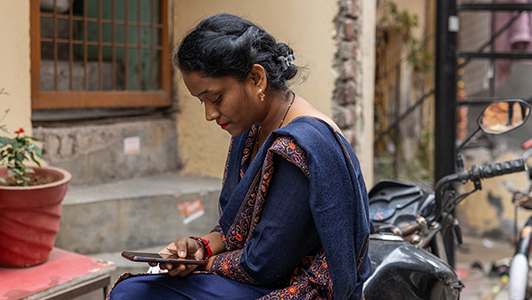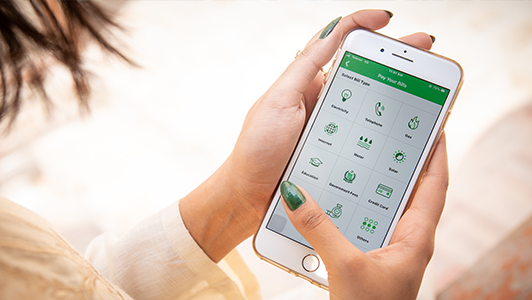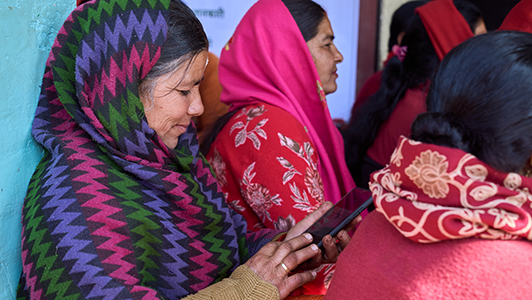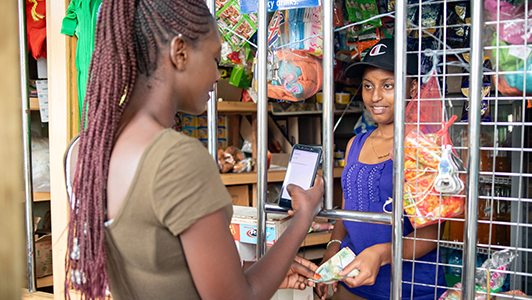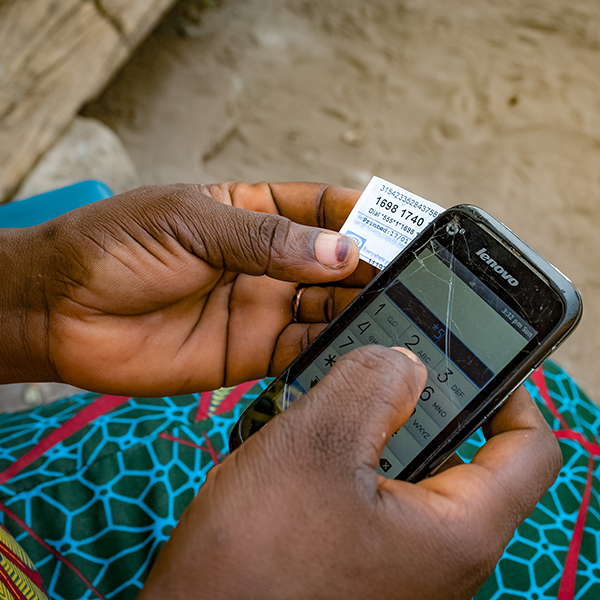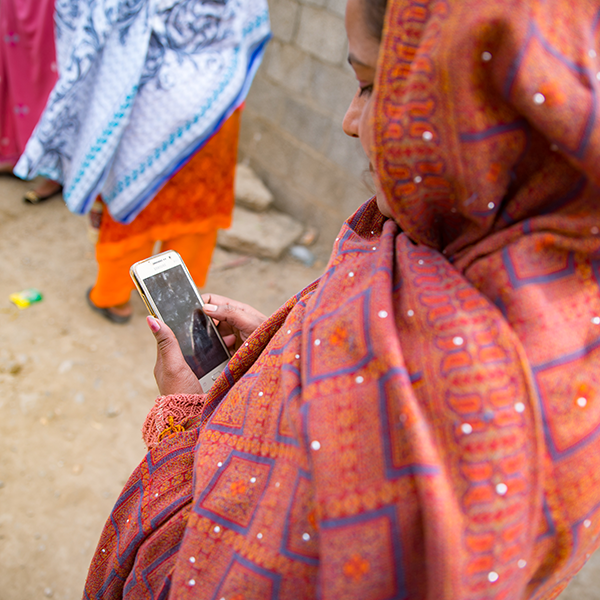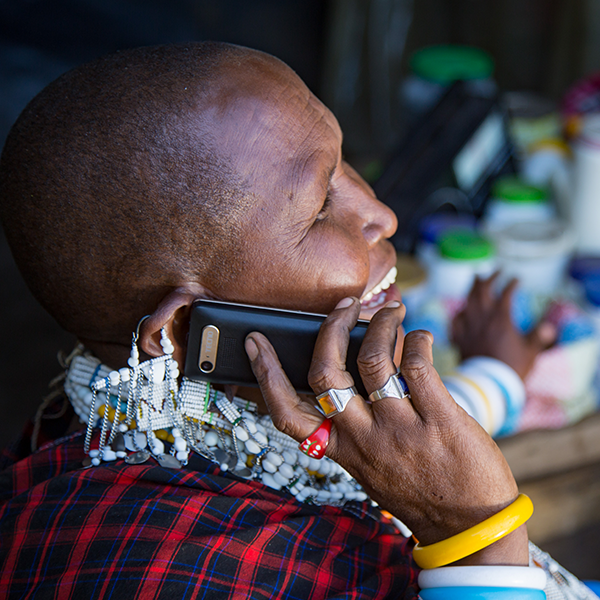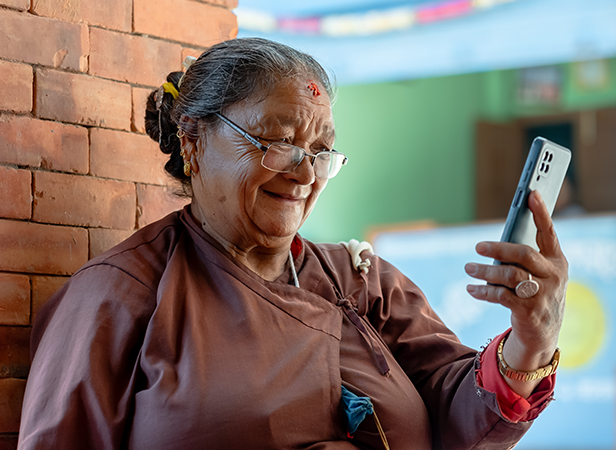
Accelerating Digital and Financial Inclusion
Mobile has the power to transform lives. But while access is spreading quickly, it is not spreading equally. There remains a significant gender gap in mobile phone ownership and mobile internet use. Women in low- and middle-income countries (LMICs) are, on average, 7% less likely to own a mobile phone than men, 15% less likely to use mobile internet and 28% less likely to use mobile money. It is critical that we work together to address this issue to advance women’s digital and financial inclusion and unlock significant commercial and socio-economic opportunities. When women thrive, societies, businesses and economies thrive.
Opportunity
We have an opportunity to contribute to the achievement of gender equality and empowerment of all women and girls through mobile. This supports the UN Sustainable Development Goals (SDGs), particularly SDG #5 (Gender Equality).
The social opportunity
The social opportunity
Mobile can make women more connected, safer and able to access services such as health and financial services. A GSMA study showed that in each of the 10 LMICs surveyed in 2021:
- 74% – 92% of female mobile owners agreed that having a mobile phone helps them in their day-to-day activities.
- 66% – 92% of female mobile owners agreed that having a mobile phone makes them feel safer.
- 46% – 86% of female mobile owners agreed that having a mobile phone provides access to useful information that is otherwise hard to get.
And in each of the 12 survey countries in 2022, 53% – 91% of male and female mobile internet users report a positive overall impact on their lives, with little difference by gender.
The commercial opportunity
The commercial opportunity
Closing the gender gap also represents a significant market opportunity for the mobile industry and can spur economic growth. We estimate that closing the gender gap in low- and middle-income countries between 2023 and 2030 represents a $230bn revenue opportunity for the mobile industry
Barriers
To close the mobile gender gap we need to address issues of gender equality and social norms. GSMA research has identified five key barriers that should be addressed to increase mobile ownership and mobile internet use among women.
Access
Knowledge and skills
Recommendations
The barriers preventing women from accessing mobile technology are complex and cannot be addressed by mobile operators alone. Bridging the mobile gender gap requires action and collaboration between the international community, policymakers and regulators, and the mobile industry. For more in-depth insights, download ‘Reaching 50 Million Women with Mobile: A Practical Guide‘.
The mobile industry
The mobile industry
- Understand your gender gap and the women in your market by conducting consumer insights research and collecting and analysing gender disaggregated data. (Learn more in this blog.)
- Make women part of your business strategy including setting KPIs to target women.
- Ensure your products, services, marketing and distribution consider women’s needs and the barriers they face to mobile access and use.
The development community
Policymakers and regulators
Policymakers and regulators
- Ensure appropriate policy and regulation to lower access barriers for women.
- Promote gender equality in education and invest in programmes that improve digital literacy for women and girls.
- Improve women’s safety on mobile through effective policies and strategies including legal frameworks and awareness campaigns.


